Drivers looking for a smaller SUV that still carried the reputation and dependability of Toyota were excited at the introduction of the Land Cruiser 70 Prado in 1990.
History of Land Cruiser 70 Prado
If you know your Land Cruiser history, you know that what started as a military vehicle and farm truck in the 1950s quickly became a tried and true SUV for anyone with a wandering spirit and a need to play in the dirt.
What about those who wanted a 4WD with all of the comforts of a passenger car, but didn’t need a utility vehicle? Toyota gave them the Prado 70.
Land Cruiser for general users who want to enjoy 4WD for leisure
Geared for families and road trips, the Land Cruiser 70 offered an entry-level vehicle for the Land Cruiser family without the need for the expense of a heavy-duty vehicle. It also was designed to take on the Mitsubishi Pajero’s dominance in the light-duty 4WD market. It was one 4×4 market that Toyota wasn’t leading, and they wanted to grab the top spot.
Eventually, Toyota did bump Mitsubishi off the top spot thanks to name recognition and vehicle reliability. It also helped that Mitsubishi discontinued the Pajero line, which secured the Prado as the leading choice in off-roading. Toyota does owe Mitsubishi thanks for starting the 4WD craze that Toyota now dominates.
Sold as a two-door Land Cruiser 70 wagon from 1984.
In 1984, Toyota took the Land Cruiser 70 wagon and offered it as a 2-door to appeal to people who didn’t need a large 4WD. This became the backbone of the Prado 70. Billed as a 3-door, including the back, the Land Cruiser 70 – Prado 70 prototype – offered seating for five. This configuration stayed on the market until 1990 when Toyota decided to get serious about taking on Mitsubishi in the 4WD wars.
The first Prado appeared in 1990.
You could buy your Prado 70 with 3-doors or 5-doors, and you had a choice of engine options that included the 2.4L turbo diesel, the 2.7L gas engine, and a 3.0L turbo diesel paired with either a 5-speed manual or 4-speed automatic. It had 4WD, an independent front suspension – great for highway driving – and a solid rear axle for jumping off-road. Combined, it was perfect for weekend escapades and driving back and forth to work.
Because the Prado 70 was promoted globally, you may find it under other names like Land Cruiser II in the European markets. No matter which market it’s in, it’s an affordable alternative to the big Land Cruiser models like the 70, 80, and the 100 Series.

1991 Land Cruiser Prado 70 at FLEX in Japan
Engine changed with minor changes in 1993.
In 1993, the 2L-TE turbocharged diesel engine was replaced by the more advanced 3.0L (2,982 cc) 1KZ-TE turbocharged diesel engine, featuring an aluminum cylinder head. This new engine was designed to reduce NOx and soot emissions, reflecting Toyota’s commitment to improving environmental performance. Alongside the engine upgrade, the Prado received an updated dashboard design, as well as minor enhancements to the suspension, brakes, and trim details. Toyota added a 5-door SX model at this point, too.
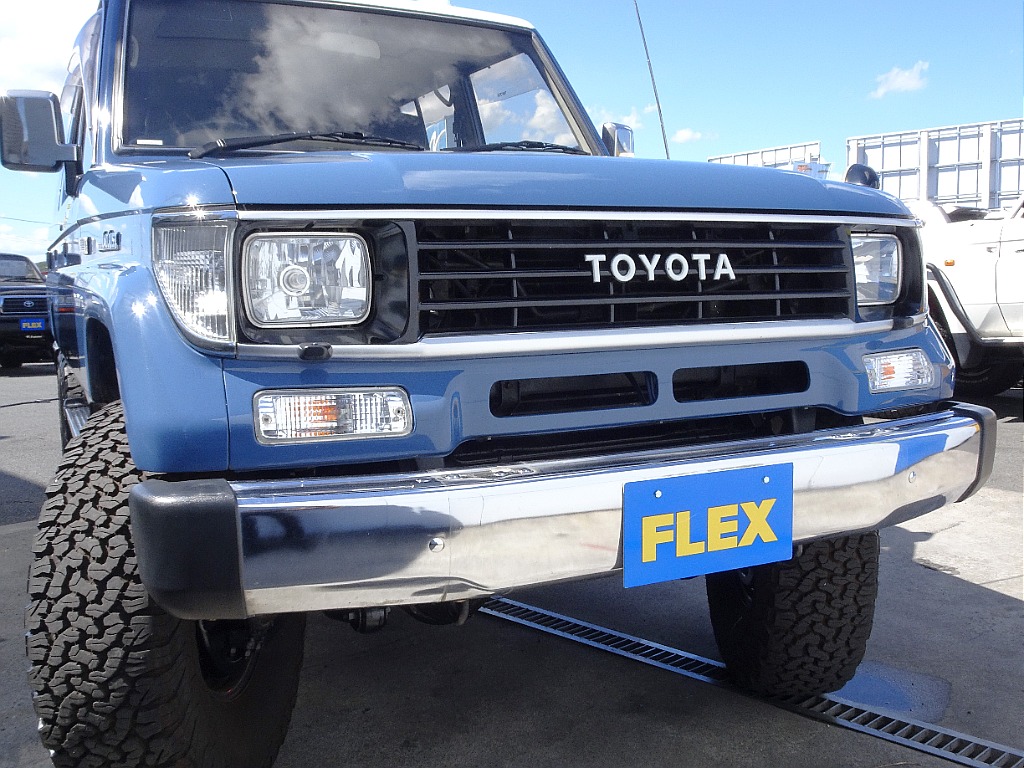
1993 Land Cruiser Prado 70 at FLEX in Japan
Two types of Land Cruiser Prado 70
There are two types of Prado 70: a 2-door (71) and a 4-door (78).
Two-door “71 Prado”
In a world dominated by 4-door models, the 71 Prado 2-door stood out in the Japanese market. This short-wheelbase model delivered the same capabilities as its big Land Cruiser cousins but in a more compact space built for city driving. It was as adept at driving around city blocks as well as it was at climbing over tree roots on a trail.

1995 Land Cruiser Prado 71 at FLEX in Japan
4-door “78 Prado”
However, if you needed more room and wanted to take 8 people camping in the woods, the 4-door 78 Prado was the practical choice. These long-wheelbase vehicles were all diesel-powered on the Japanese market, but globally, there were gas-powered models. Japan gave the 78 the troop classification since it was based on the 70 Series truck and had a wide stance and robust body.
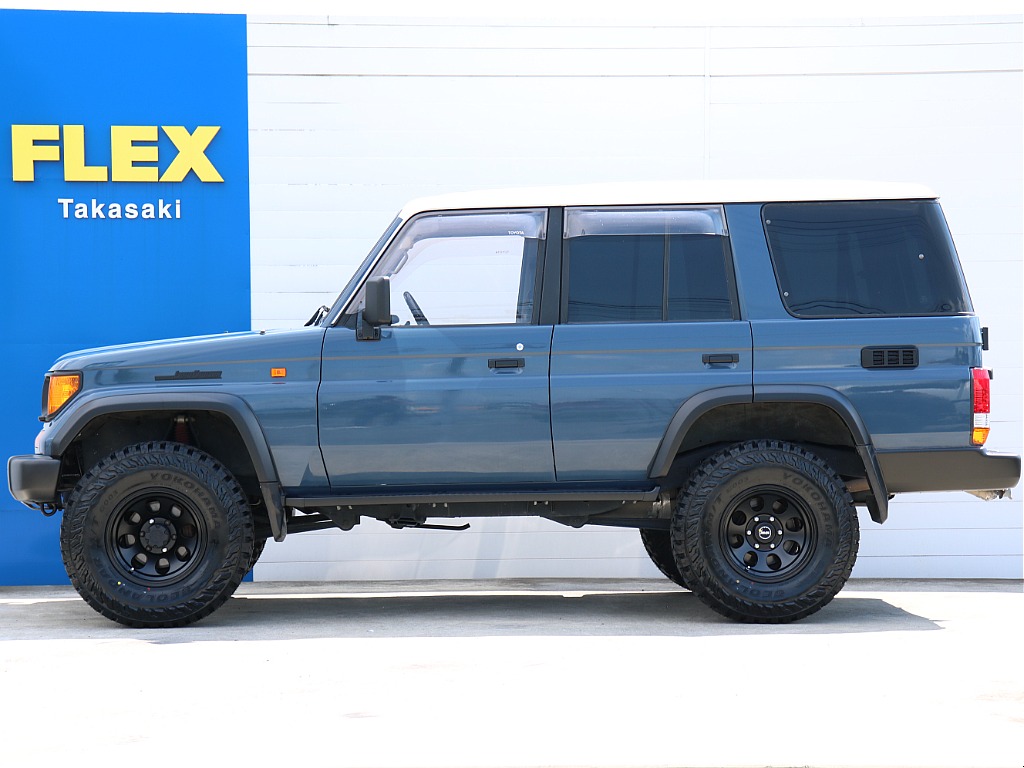
1998 Land Cruiser Prado 70 at FLEX in Japan
Early model LJ78G, LJ78W
Two early models included the LJ78G and the LJ78W produced from 1990 to 1992.
The LJ78G was the standard width version, and the LJ78W was the wide-body EX model. The LJ78W was a premium upgrade that offered more than a wider body; it offered increased interior space and a more stable ride, thanks to its size. It measured 70 inches long and wore 265/70R15 tires. The W version was given Japan’s 3-number registration whereas the G version had a 5-number registration.

1991 Land Cruiser Prado 70 at FLEX in Japan
Both models were powered by the 2.4L 4-cylinder turbo diesel engine (2L-TE) with 95 horsepower and 177 lb-ft of torque paired with either a 4-speed automatic or a 5-speed manual transmission. The LJ78W featured wide fenders and larger tires for improved road presence. Both had high-ground clearance.
There were three trim levels:
| Model | Interior | Transmission | Off-Road | Upgrades |
|---|---|---|---|---|
| LX5 – Base Model | Cloth interior | Manual Transmission | P/T 4WD low-range gears Manual rear differential lock, body-on-frame construction | |
| SX5 – Midlevel | Cloth interior | Optional Automatic | P/T 4WD low-range gears Manual rear differential lock, body-on-frame construction | Power windows, central locking, upgraded audio system |
| EX5 – Top Level | Cloth interior, Optional leather | Optional Automatic | P/T 4WD low-range gears Manual rear differential lock, body-on-frame construction | Power windows, central locking, upgraded audio system |
Late model KZJ78G, KZJ78W
When Toyota updated the 70 in 1993, they replaced the engine with a new 3.0L diesel turbo (1KZ-TE), so they changed the model names to KZJ78G and KZJ78W. Toyota did not change the bodies, so you could still choose between a narrow body and a wide body with the same registration numbers.
Toyota updated the dash design and improved the ergonomics in the cockpit. A modernized front grille and headlights were added to give it a more contemporary appearance, as well as a high ground clearance and short overhangs for better off-roading.
The new engine produced 128 horsepower with 213 lb-ft of torque, which helped put an end to the previous grumbling from Land Cruiser fans that the 78 lacked power.
Toyota retained the three grades and added wood trim to the EX, as well as an updated audio system.
All models had P/T 4WD with low-range gears, and optional front and rear differential locks to go with the body-on-frame construction.

1993 Land Cruiser Prado 70 at FLEX in Japan
Difference between Land Cruiser 70 and 70 Prado
While they share the same basic name, there are many differences between the two models.
Size
Here’s a table comparing the dimensions and weight of the Toyota Land Cruiser 70 and the Prado 70:
| Model | Land Cruiser 70 | Prado 70 |
|---|---|---|
| Length | 4,675 mm to 4,795 mm (184.1 in to 188.8 in) | 4,365 mm to 4,635 mm (171.8 in to 182.5 in) |
| Width | 1,695 mm (66.7 in) | 1,695 mm (66.7 in) |
| Height | 1,930 mm to 2,045 mm (76.0 in to 80.5 in) | 1,870 mm to 1,885 mm (73.6 in to 74.2 in) |
| Wheelbase | 2,730 mm (107.5 in) to 2,950 mm (116.1 in) | 2,310 mm (90.9 in) for 3-door / 2,690 mm (105.9 in) for 5-door |
You can see from the size, the Prado 70 was designed for more city driving than the Land Cruiser 70.
Exterior
The Land Cruiser 70 was all about no-nonsense design and ruggedness, and the Prado 70 was all about a more refined look.
Here are some of the key differences between the models:
Land Cruiser 70
- Body Style: Available as 2-door and 4-door pickups, 4-door wagons, and troop carriers, with a boxy, angular design.
- Grille and Front Fascia: Simple, industrial grille with large round headlights and a durable bumper.
- Fenders and Wheel Arches: Less flared, focused on protection in off-road conditions.
- Roof: Flat roof with options for roof racks or extended roofs on troop carriers.
- Wheels and Tires: Larger, rugged tires designed for off-road use, often paired with steel wheels.
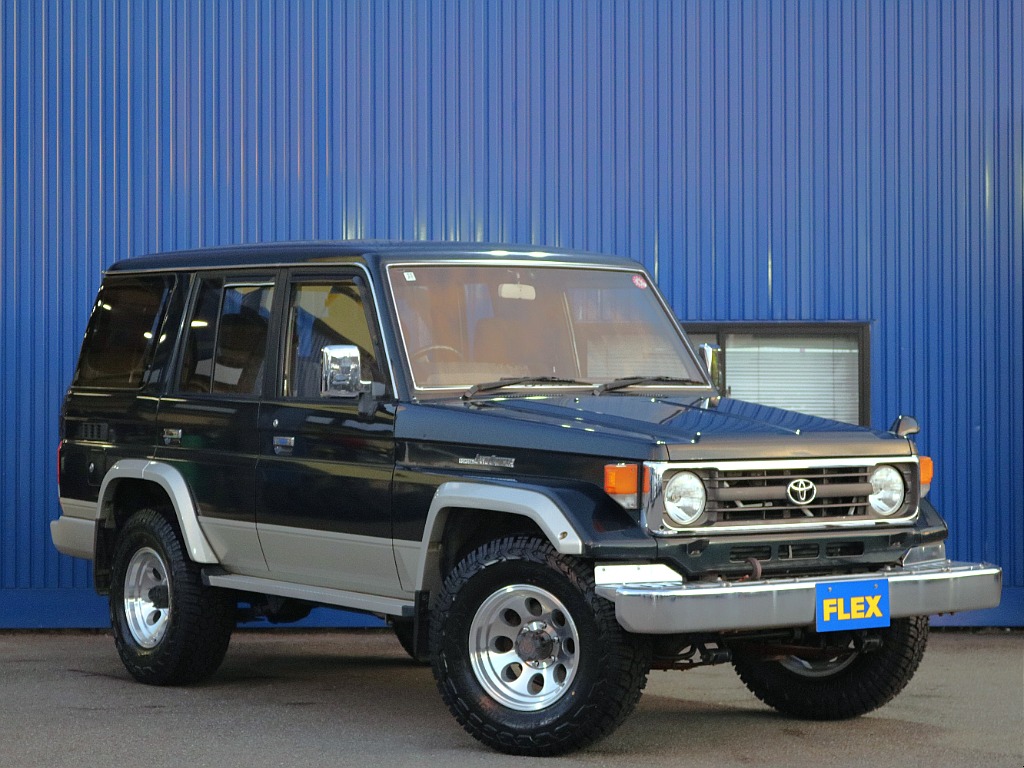
1996 Land Cruiser 70 at FLEX in Japan
Prado 70
- Body Style: Primarily 3-door and 5-door SUVs with a more streamlined, compact design.
- Grille and Front Fascia: Modern grille with integrated headlights and a stylish bumper.
- Fenders and Wheel Arches: Slightly flared for a sportier, aggressive appearance.
- Roof: More aerodynamic roofline, with options for roof rails or sunroofs on higher trims.
- Wheels and Tires: All-terrain tires that are smaller and more road-oriented, with alloy wheels available on higher trims.
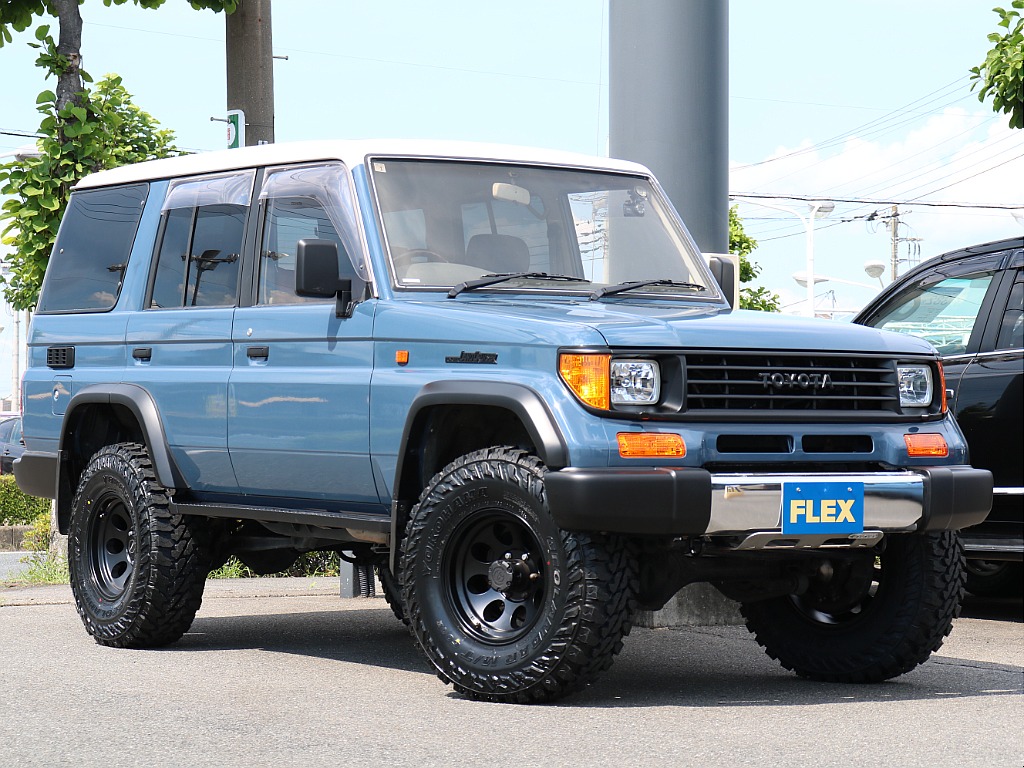
1993 Land Cruiser Prado 70 at FLEX in Japan
Interior
When it comes to the interior, the Prado 70 is more focused on the comforts of life as opposed to the Land Cruiser 70. Here are some key differences between the models:
Land Cruiser 70
- Design: Focused on durability and practicality, ideal for off-road and work environments.
- Materials: Uses tough, long-lasting materials like vinyl and durable plastics to handle heavy use.
- Seating: Basic, manual seats with durable fabric; often more utilitarian with bench seating to maximize cargo or passenger space.
- Dashboard: Simple layout with large gauges and minimal electronics; designed for easy use, even with gloves.
- Storage: Practical, with large door pockets, a basic center console, and under-seat storage.
- Technology: Limited features, emphasizing reliability over modern amenities; basic radio and manual controls.
- Comfort: Built for tough conditions, with a more rugged interior focused on function rather than luxury.
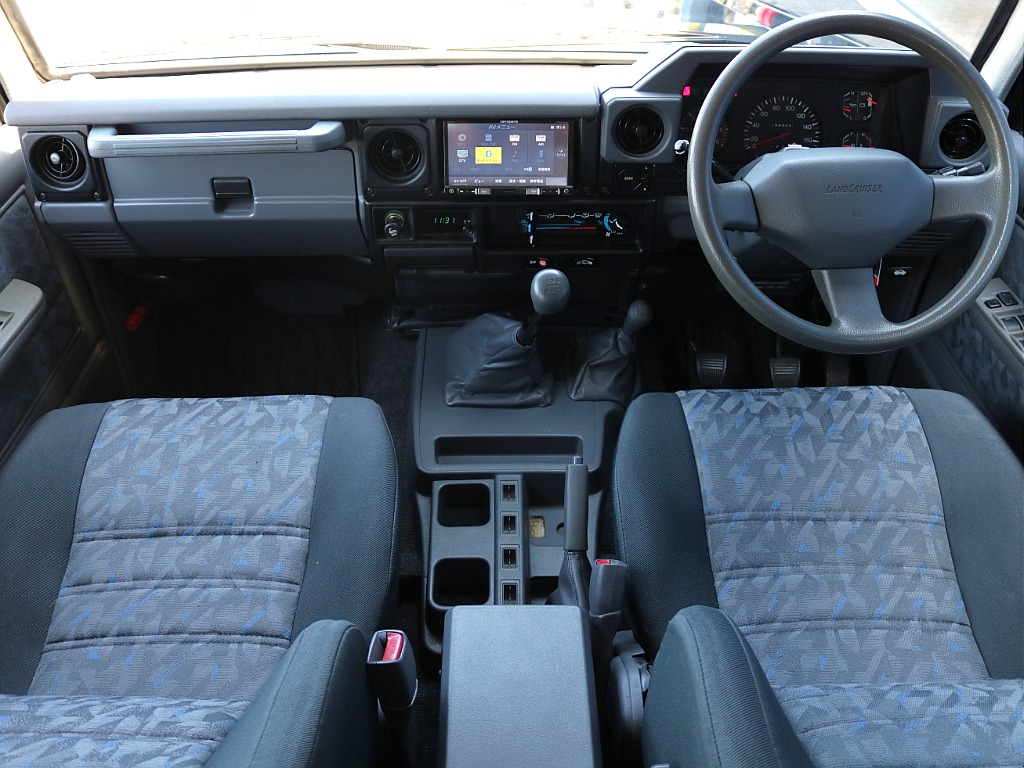
Front seat of a 1996 Land Cruiser 70 at FLEX in Japan
Prado 70
- Design: Balances comfort and practicality, suitable for both off-road and daily driving.
- Materials: Higher-quality materials, including softer plastics and optional leather in higher trims.
- Seating: More comfortable and adjustable seats, with options for added features like lumbar support and power adjustments.
- Dashboard: More refined with modern design, larger infotainment screens, and integrated controls.
- Storage: Improved storage options with cup holders, center console storage, and additional compartments.
- Technology: More advanced, including better infotainment, climate control, and driver assistance features like ABS and central locking.
- Comfort: Emphasizes passenger comfort with a quieter cabin, better ride quality, and sound insulation, making it suitable for long drives.
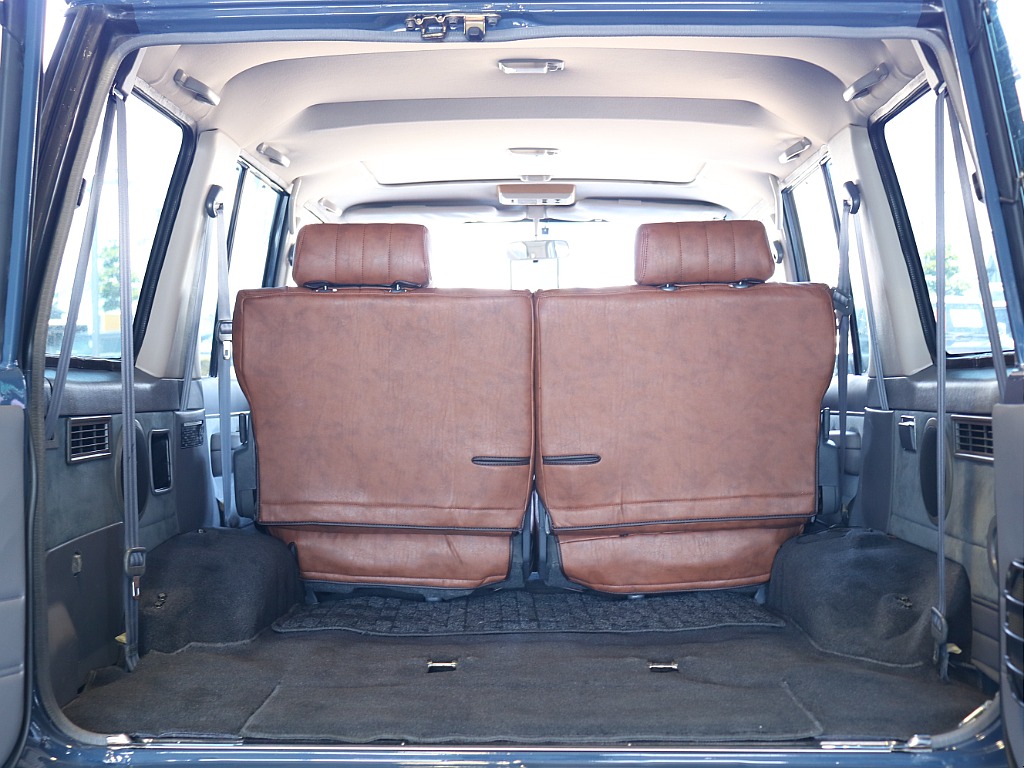
Inside of a 1993 Land Cruiser Prado 70 at FLEX in Japan
Powertrain (Engine)
Because there are different uses between the models, it’s no surprise that Toyota would drop different power options under the hood. Here is the breakdown of those differences:
Land Cruiser 70
- Engine Options: Equipped with larger, robust engines like the 4.2L inline-6 diesel, 4.0L inline-6 petrol, and 4.5L V8 diesel, designed for high torque and heavy-duty tasks.
- Transmission: Offers manual and automatic options, usually with low gearing for torque. Features part-time 4WD with manual locking hubs or full-time 4WD with a locking center differential, prioritizing off-road capability.
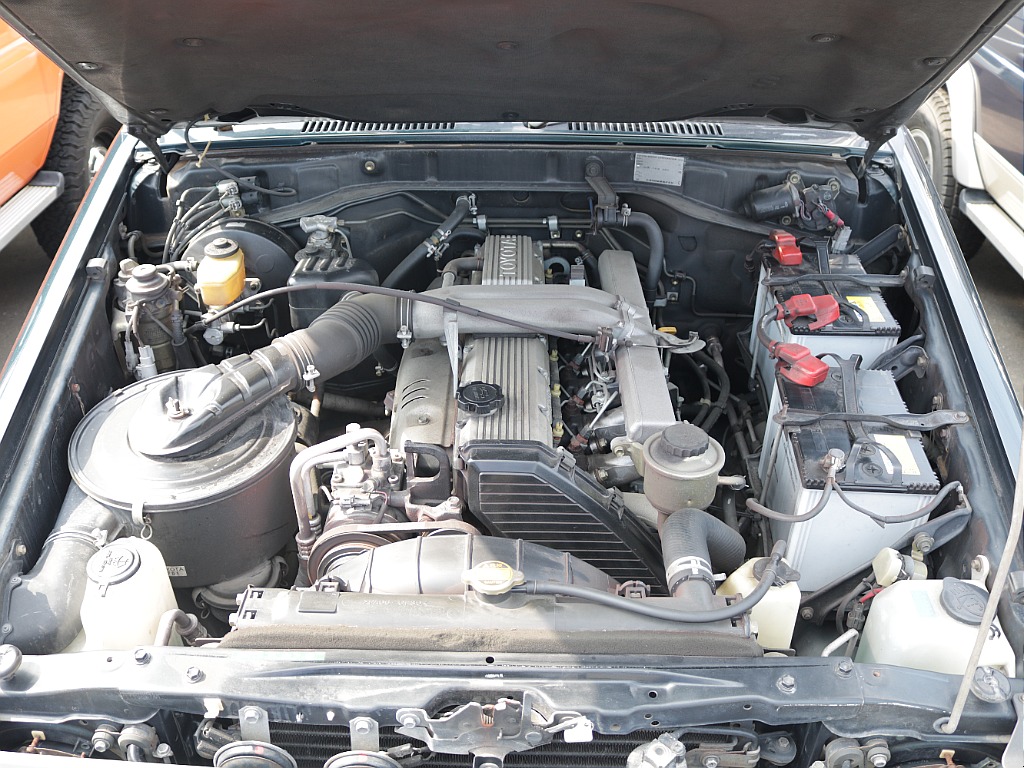
Under the hood of a 1996 Land Cruiser 70 at FLEX in Japan
Prado 70
- Engine Options: Features a diverse engine lineup, including smaller, turbocharged options like the 2.4L turbo diesel, 2.7L petrol, and 3.0L turbo diesel, balancing efficiency and performance.
- Transmission: Available with manual and automatic transmissions, tuned for a balance between performance and economy. Offers full-time 4WD with a Torsen differential or part-time 4WD with low-range gearing, blending off-road capability with on-road comfort.
Under the hood of a 1993 Land Cruiser Prado 70 at FLEX in Japan
Suspension
Here are the suspension differences between the two models:
Land Cruiser 70
Uses a rugged suspension with solid axles and leaf springs, making it ideal for rough terrain.
Prado 70
Has a more refined suspension with Independent Front Suspension (IFS) and coil springs, suitable city streets, and wooded trails.
Weight
- Land Cruiser 70: 4,630 to 5,070 pounds
- Prado 70: 3,970 to 4,520 pounds
Number of passengers
Land Cruiser 70
Seats 2 to 5 passengers depending on the body style.
- Single-Cab: Seats 2 occupants (driver and front passenger).
- Double-Cab and Wagon: Seats up to 5 passengers with a front row and rear bench seat.
Prado 70
Passenger Capacity: Seats 5 to 8 passengers based on the configuration.
- 3-Door Models: Seats 5 passengers.
- 5-Door Models: Seats up to 8 passengers with three rows.
Fuel economy
Land Cruiser 70
Generally lower due to larger engines and heavier weight.
- Diesel Engines: About 15-18 mpg, depending on conditions and engine type.
- Gas Engines: Lower, around 12-15 mpg
Prado 70
Better compared to the Land Cruiser 70, with lighter weight and more efficient engines.
- Diesel Engines: Around 18-22 mpg
- Gas Engines: Approximately 15-18 mpg
Price
When introduced in 1984, the Land Cruiser 70 was priced around $32,000. The re-introduced 70 Series is now in the $70,000 price range.
The Prado 70 was a more competitive $17,528 to $22,000 when it was introduced in 1990 with a focus more on the working family as opposed to the business investment of the LC70 for work.
Image Gallery
We’ve put together a gallery of images from the Land Cruiser 70 Series and the Prado 70 for you. Here are some examples of these two models:
1998 Land Cruiser 70 4.2 LX Diesel 4WD

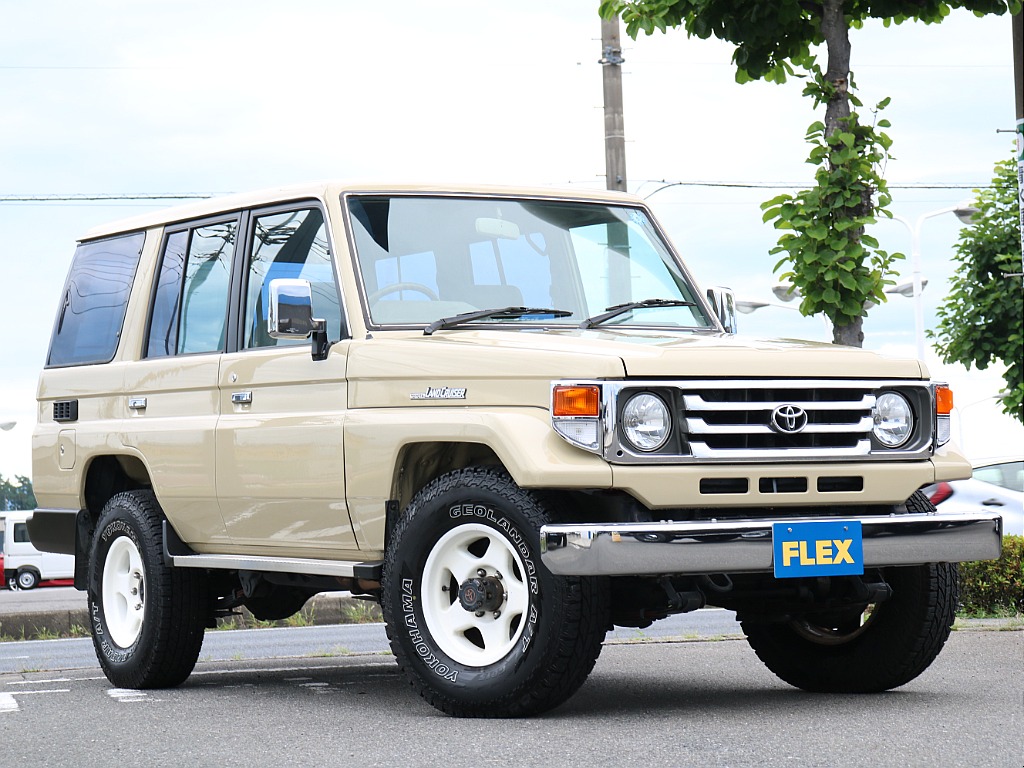

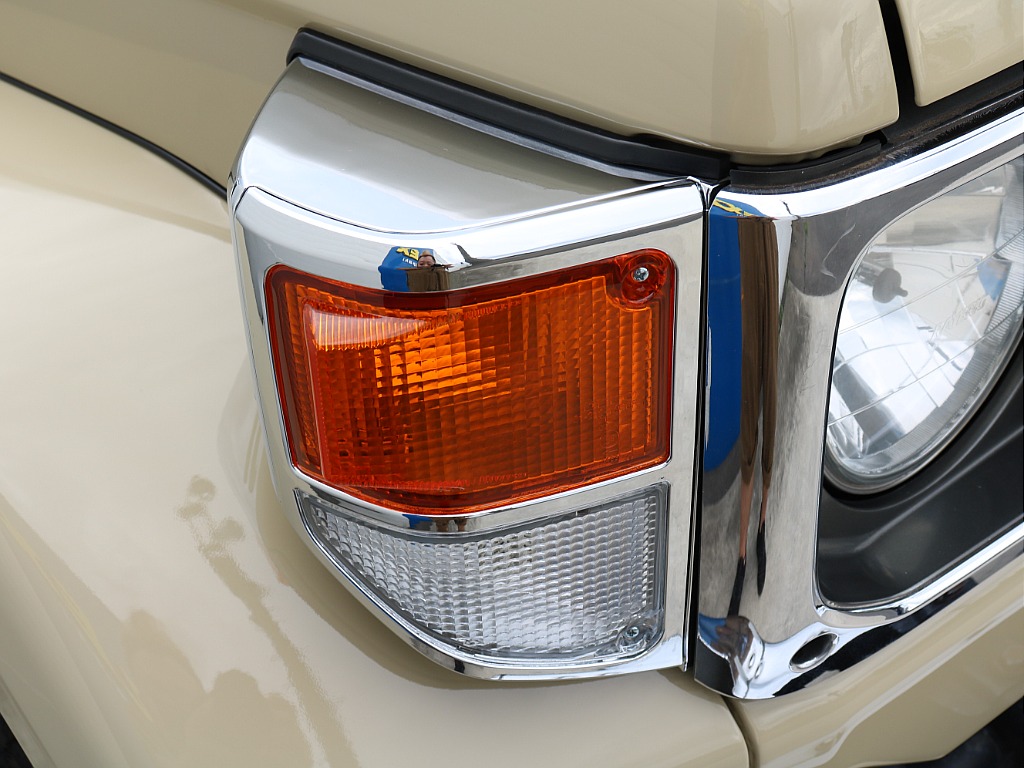
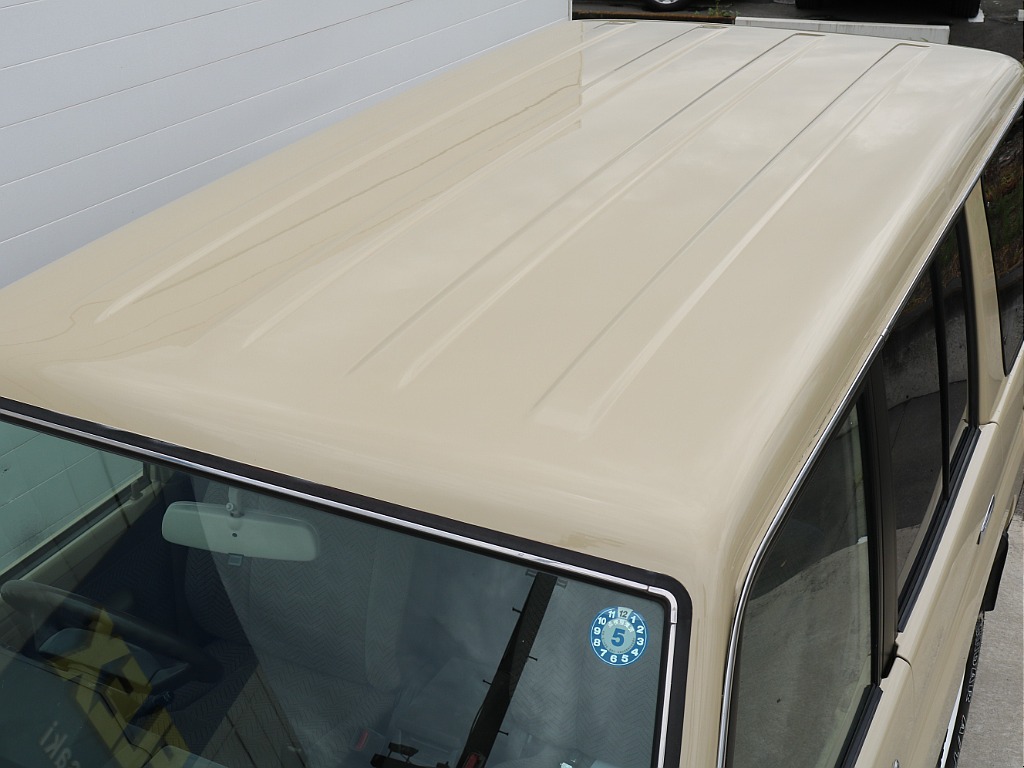
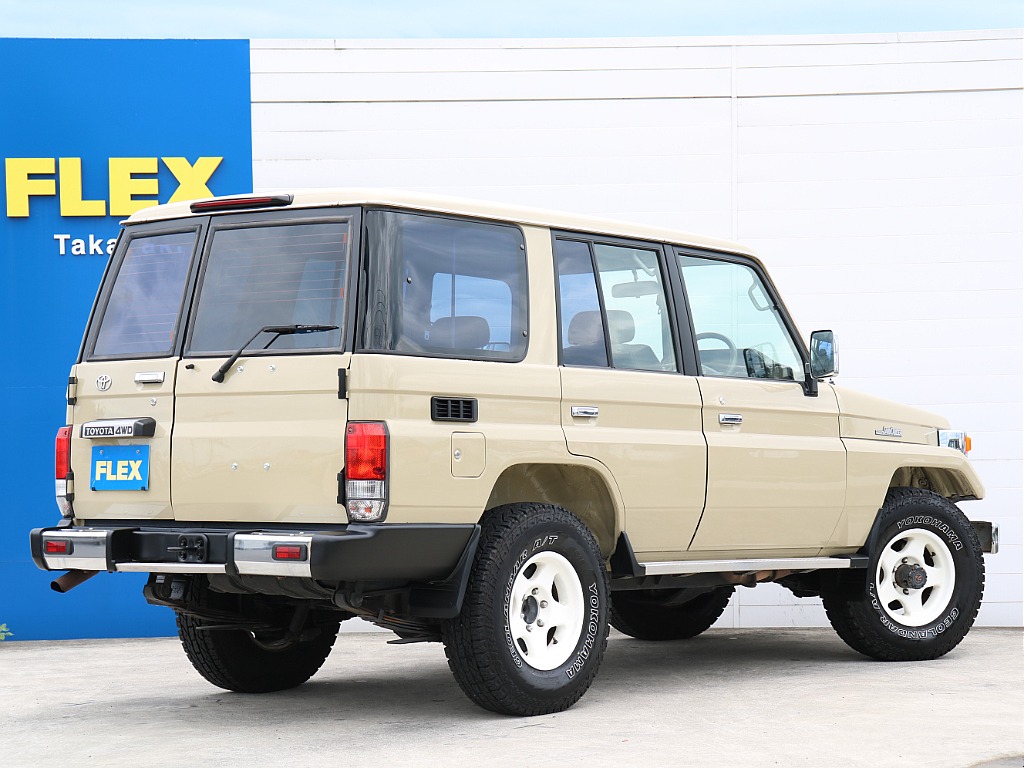

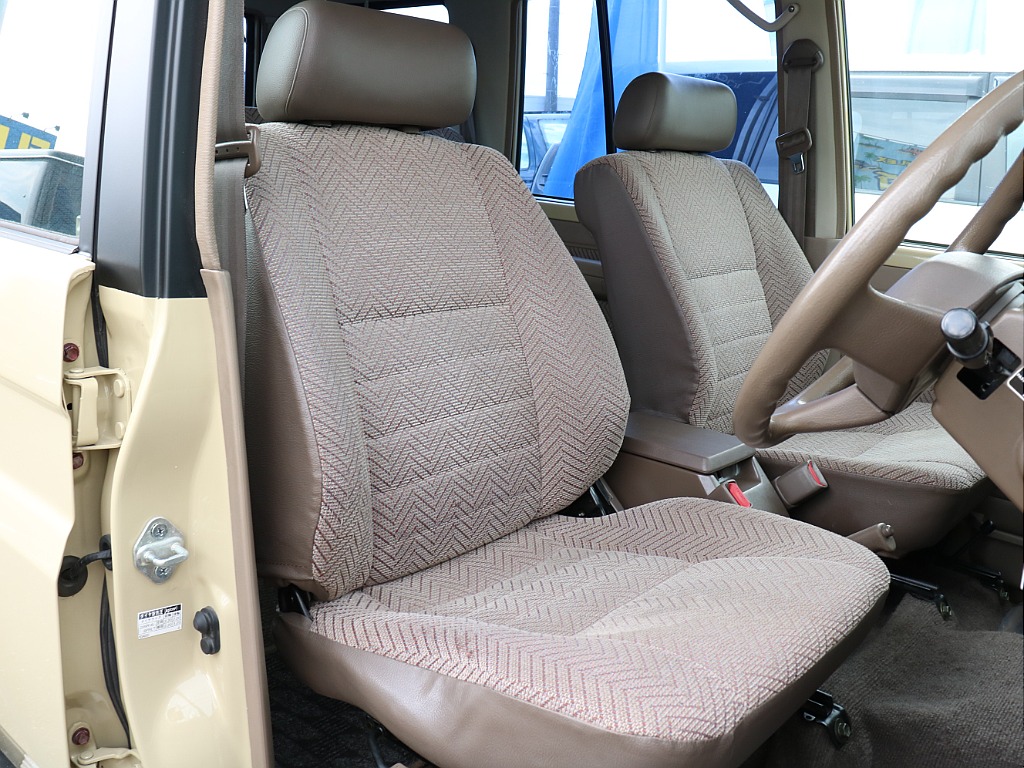

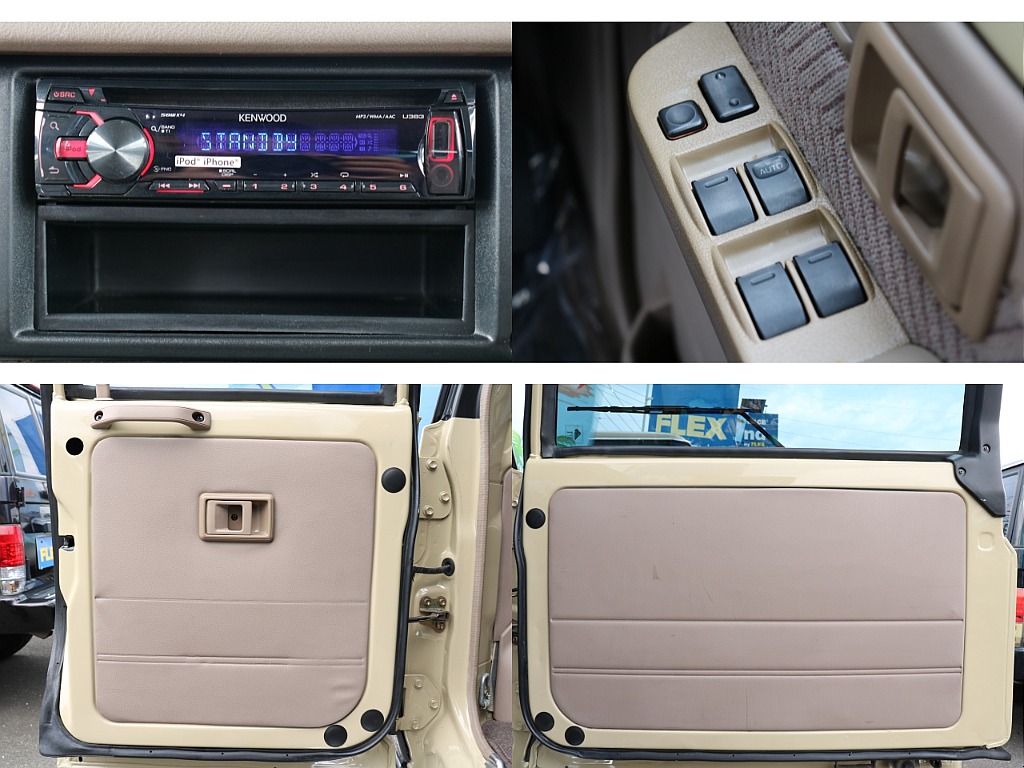
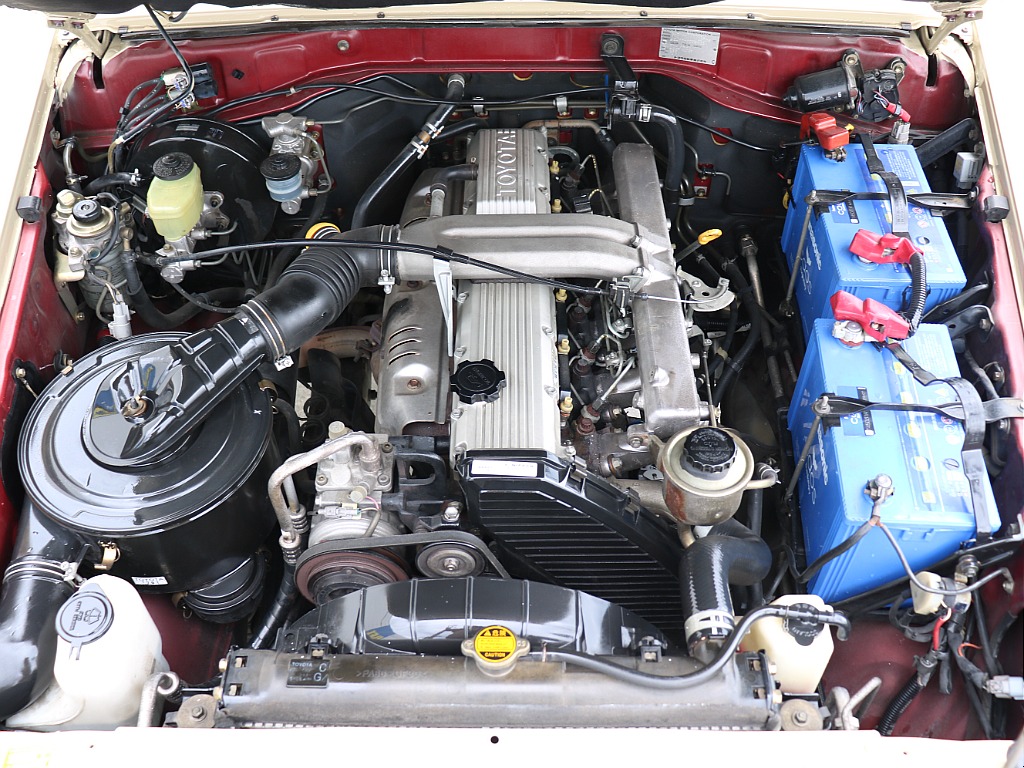
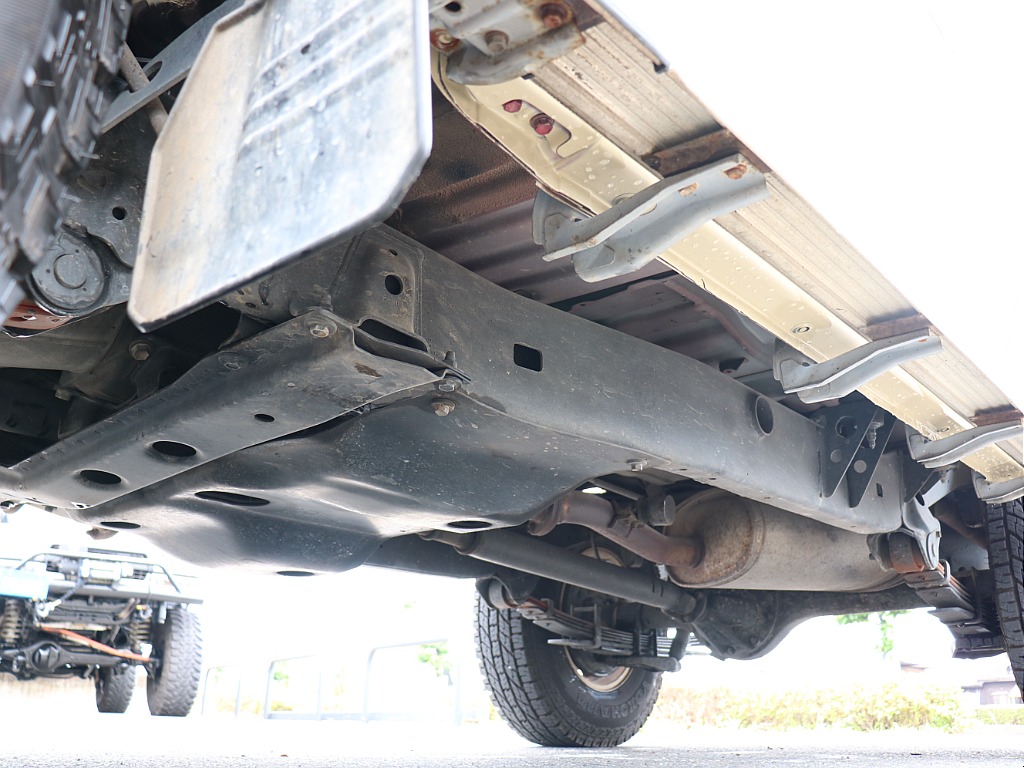
1995 Land Cruiser Prado 71 SX Wide Diesel Turbo 4WD
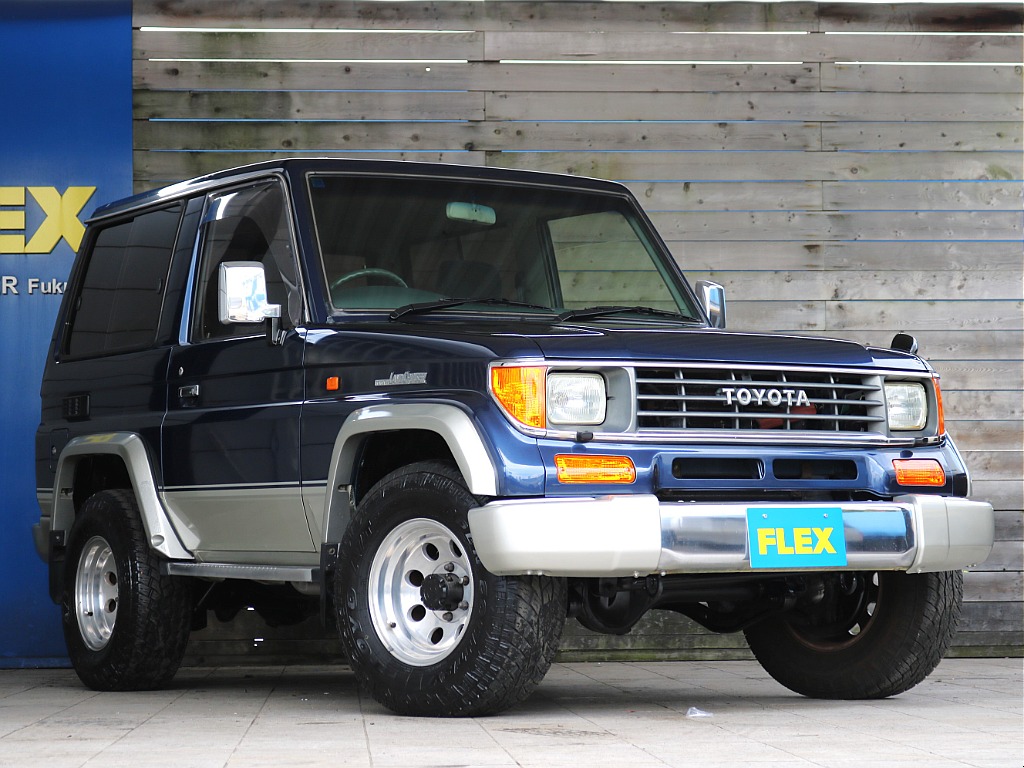
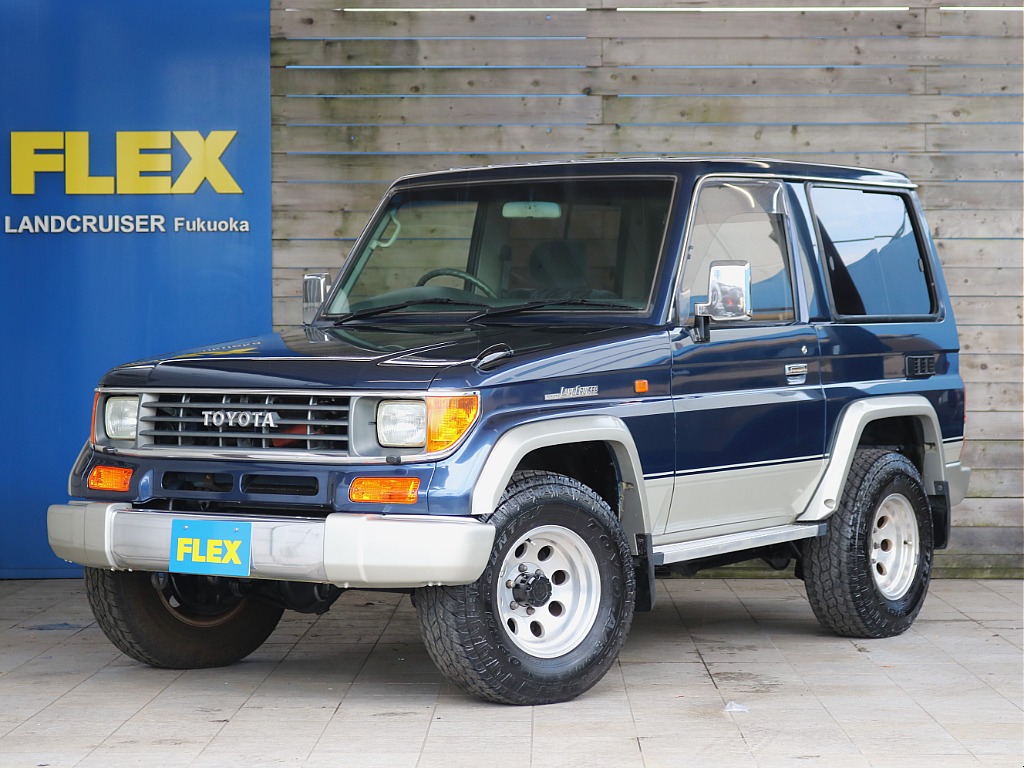
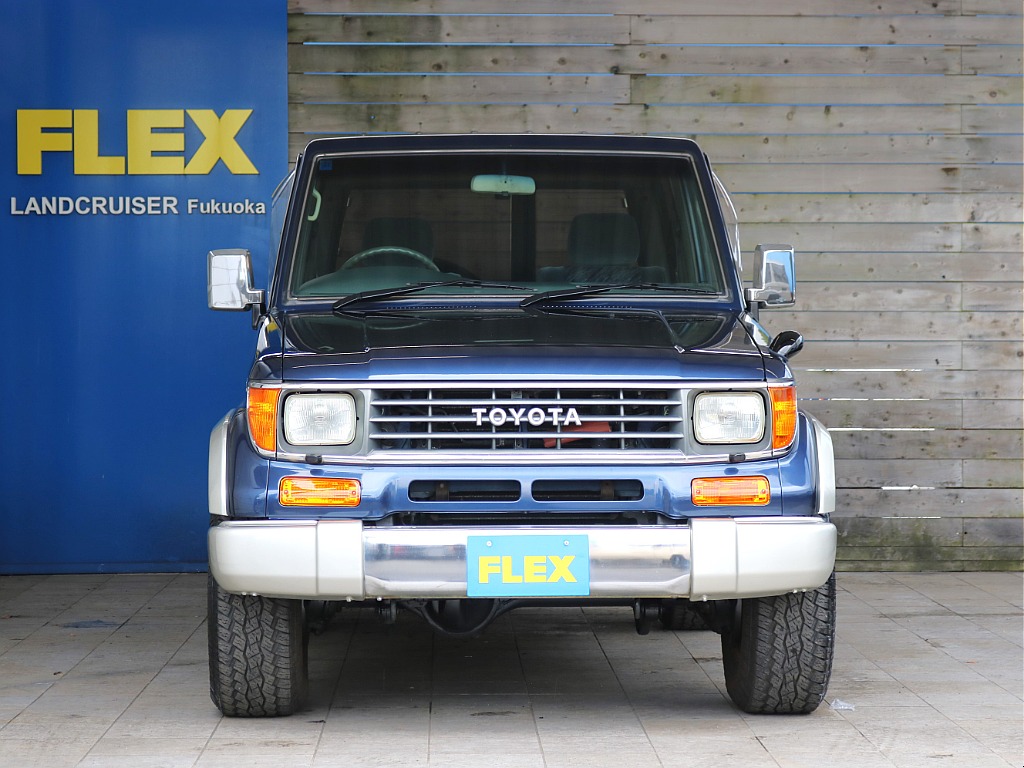

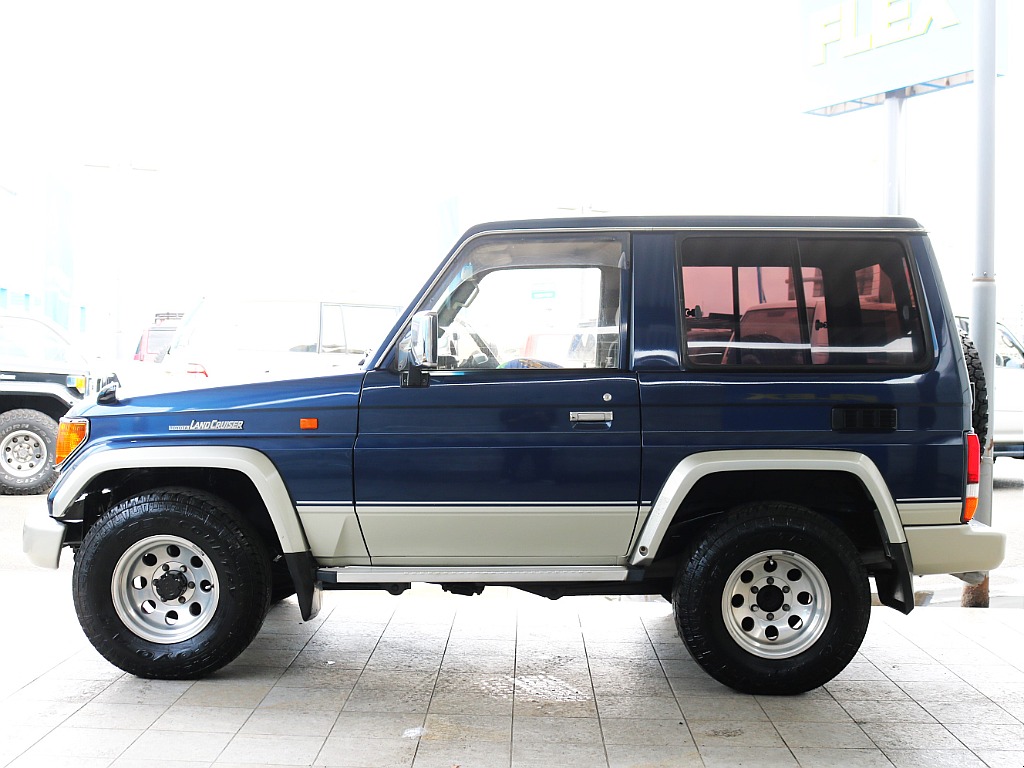
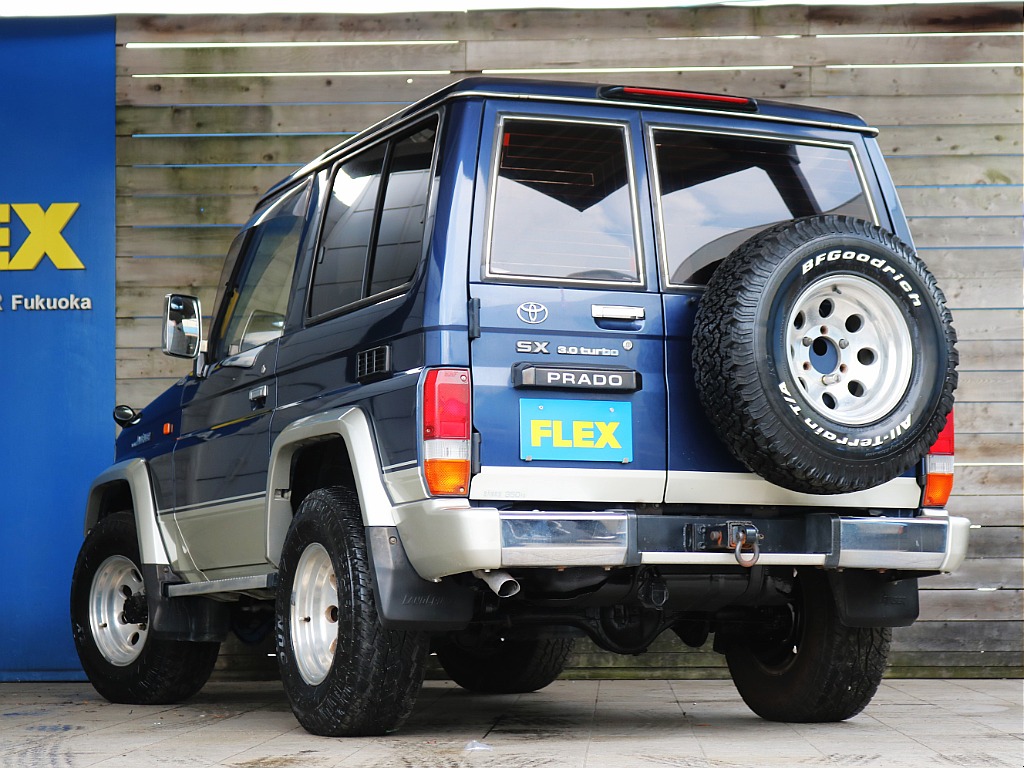
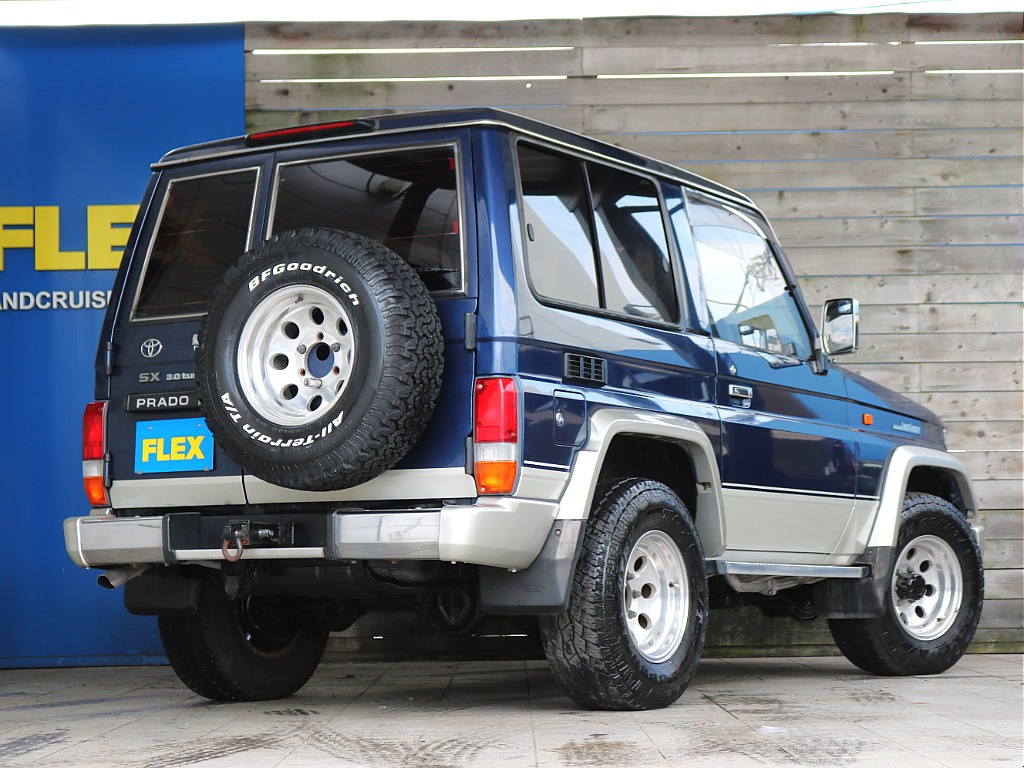
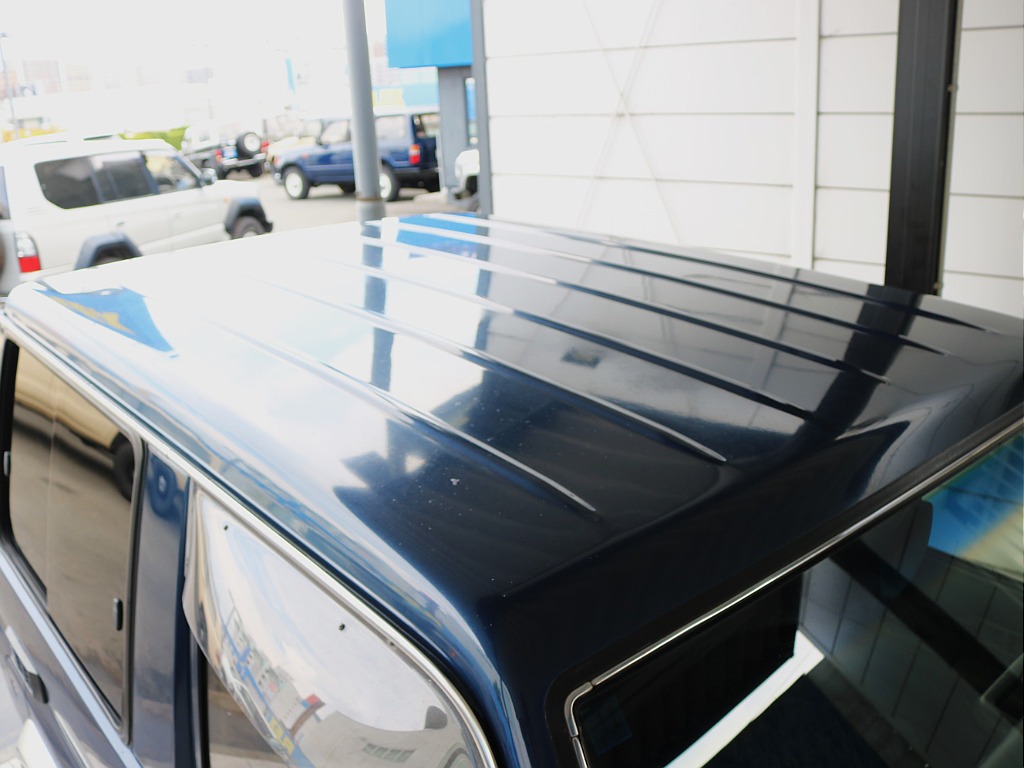
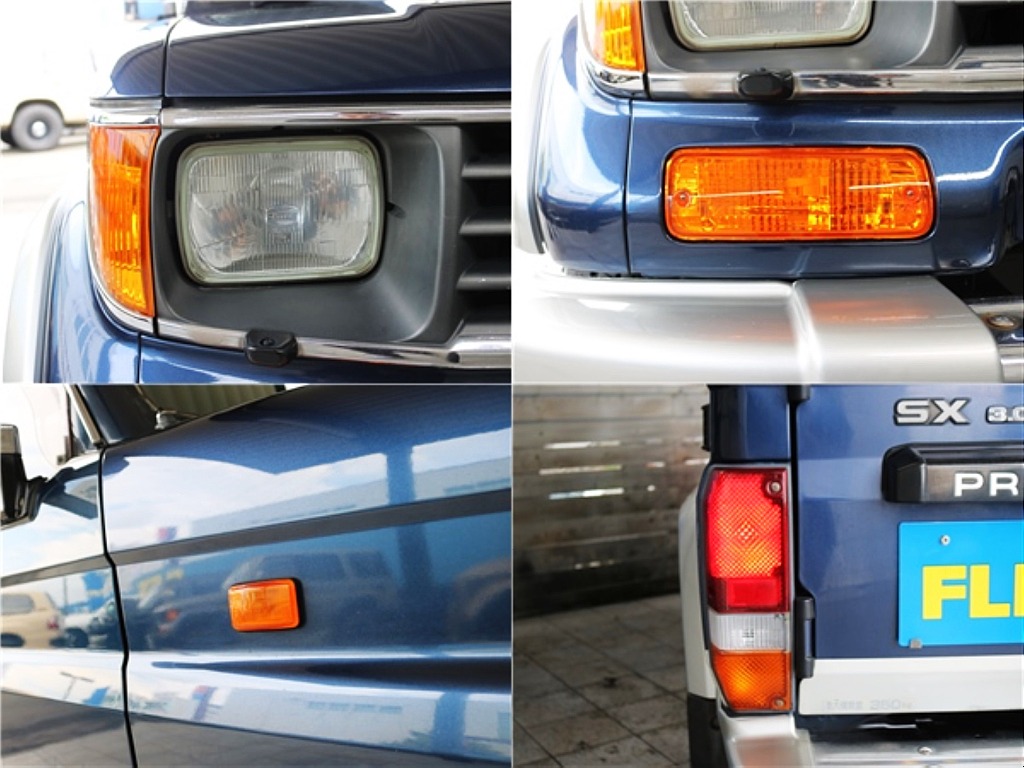
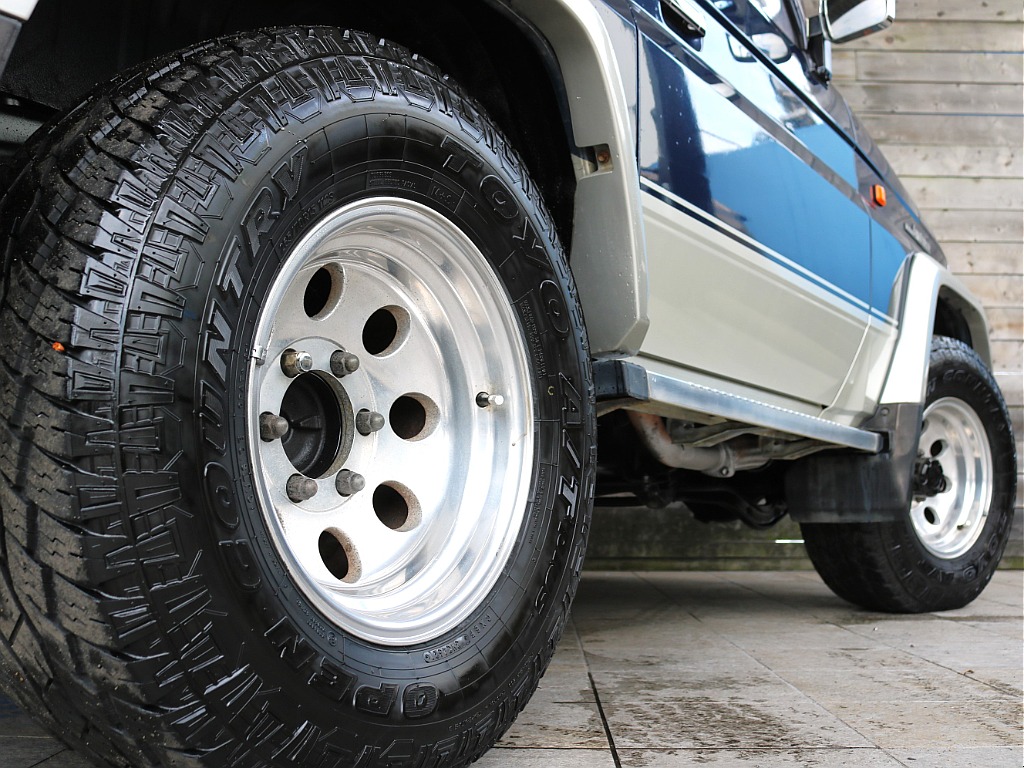
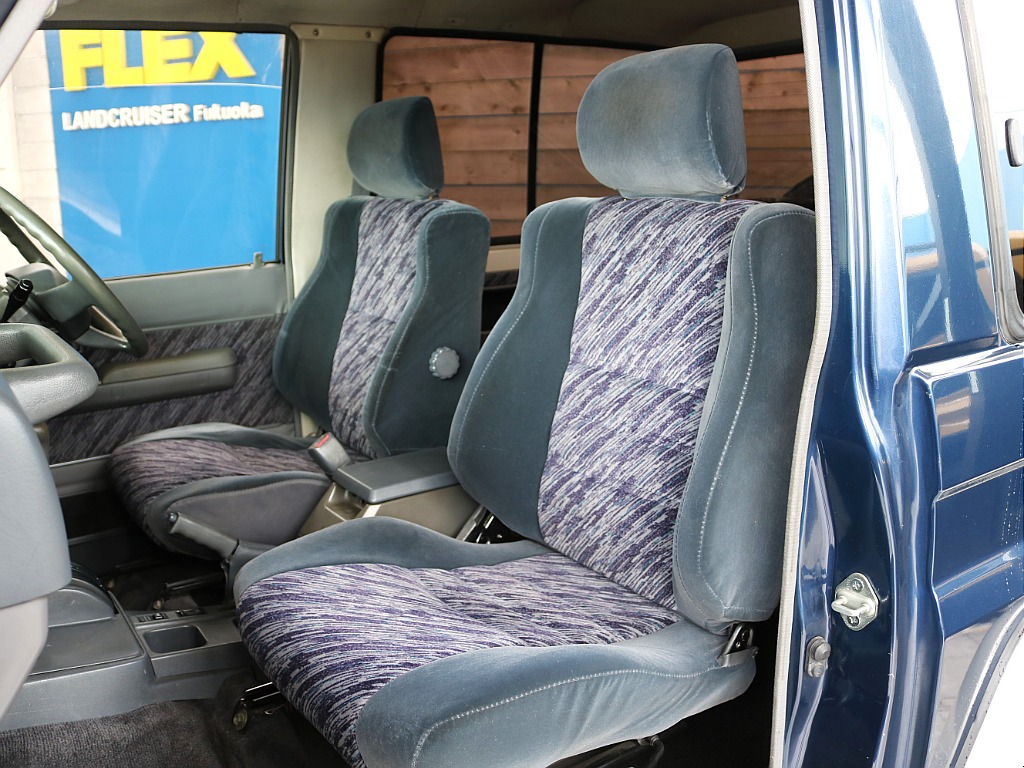
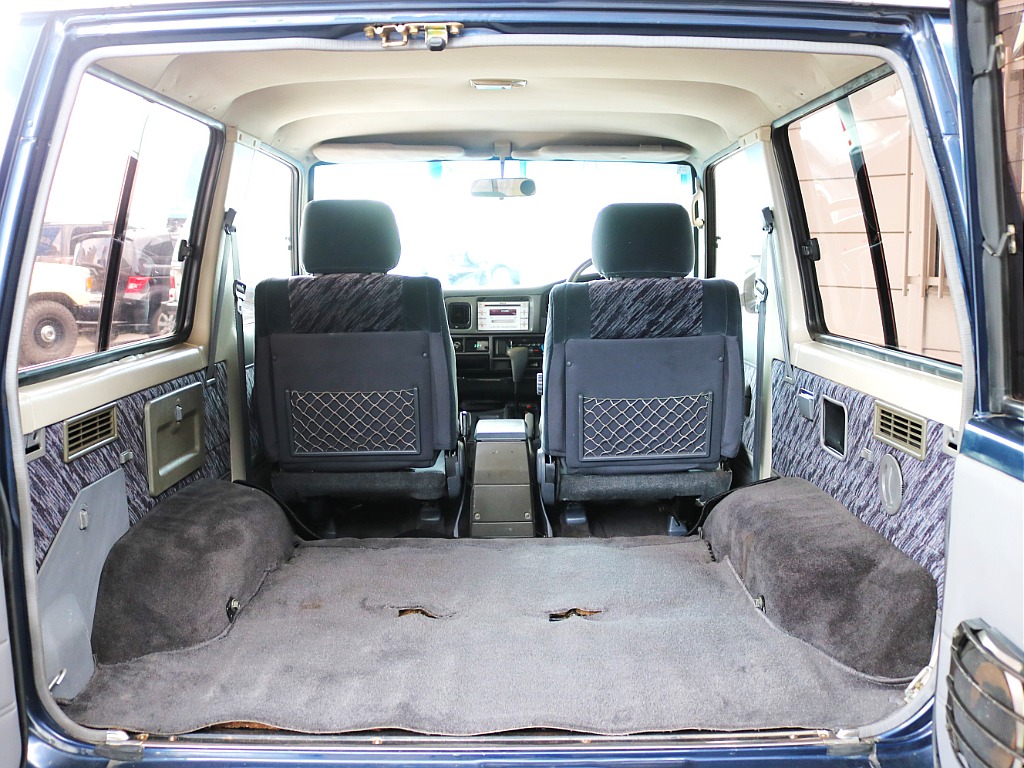
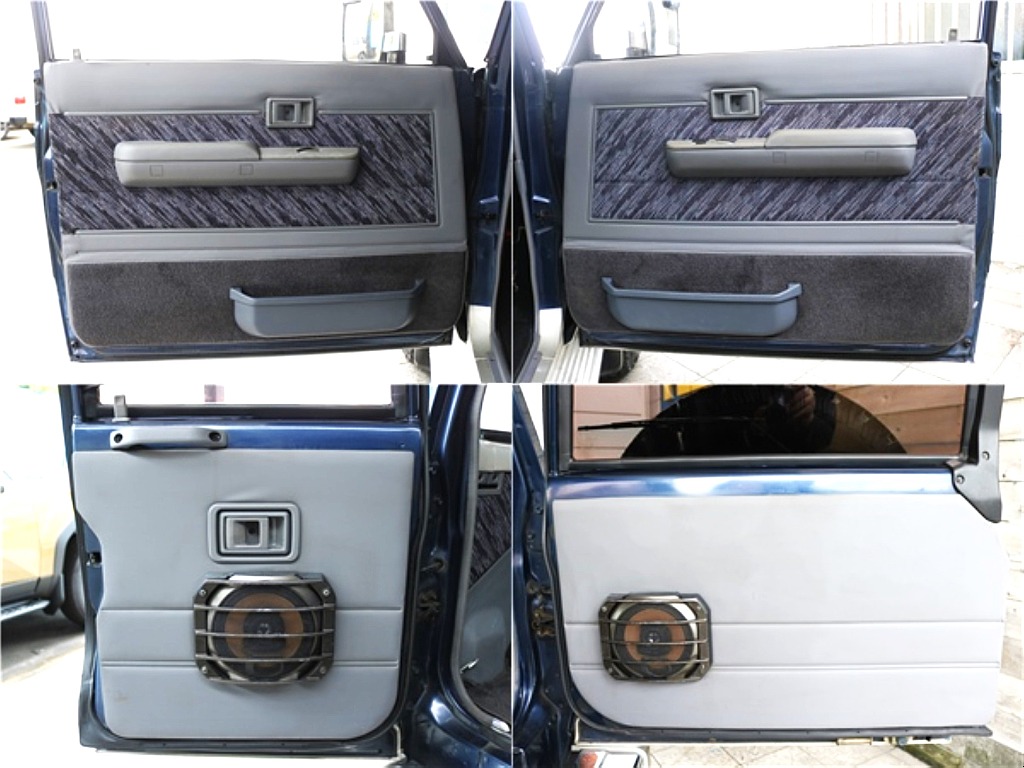
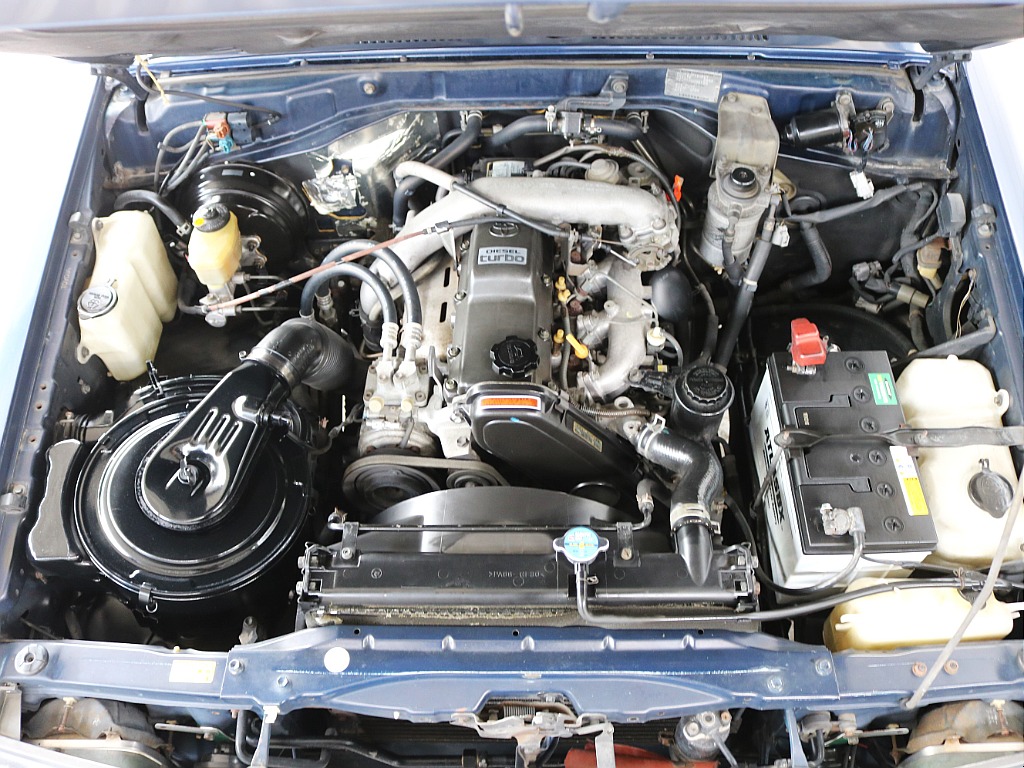
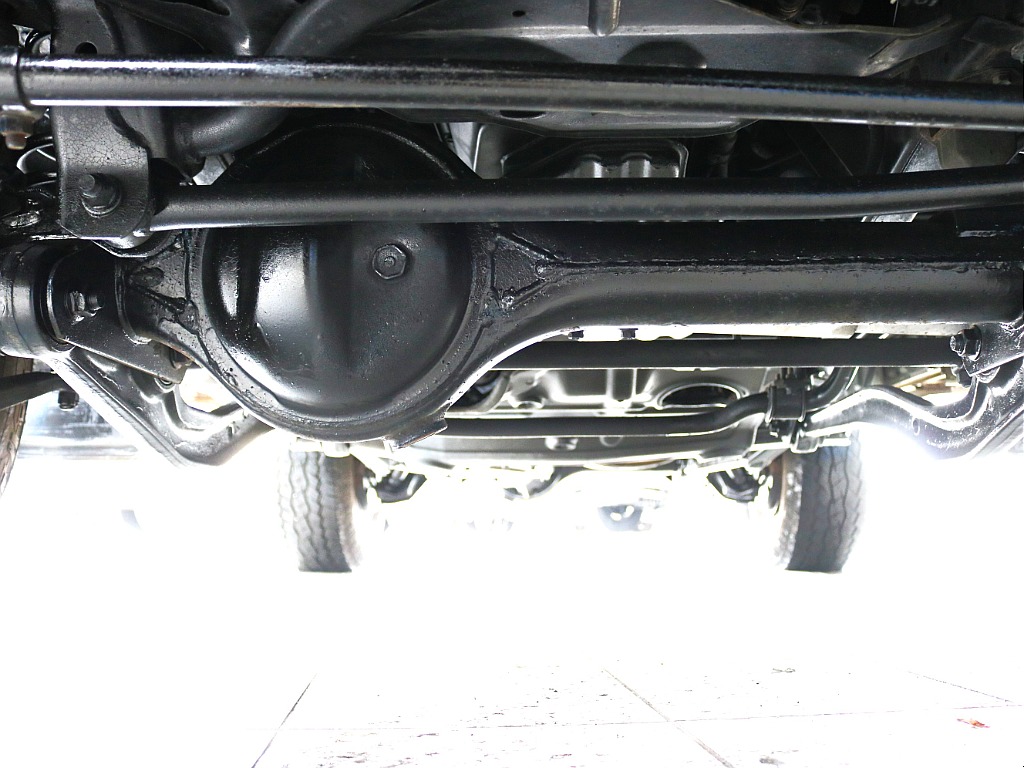
If you want a 70 Prado, come to FLEX Automotive.
If you would like a Prado 70 – or any Land Cruiser – we can help. We not only have access to JDM cars, we’re the number one Land Cruiser dealership in Japan with 80 dealerships, so we can get many vehicles that other people cannot get. If you’re in the States, then stop in our San Diego dealership where our staff is more than happy to help you. We also are the exclusive manufacturer of the Renoca series Land Cruisers and Tacomas where the old meets the new in a retro-mod setup. Give us a call or use the Contact Us button now.





